Introduction
Zongzi, a traditional Chinese rice dumpling wrapped in bamboo or reed leaves, is a beloved culinary treasure enjoyed during festivals like the Dragon Boat Festival and beyond. With busy modern lifestyles, freezing zongzi has become a common practice to preserve their freshness and convenience. However, a recurring question among home cooks and food enthusiasts is: Can frozen zongzi be steamed directly without thawing? This article delves into the science, safety, and practicality of steaming frozen zongzi, exploring the best methods to achieve perfectly cooked, aromatic, and safe-to-eat results.
What Is Zongzi?
Zongzi, also known as bakchang or machang, is a sticky rice dumpling typically filled with ingredients like glutinous rice, pork, mushrooms, salted egg yolk, or sweet red bean paste. The dumpling is wrapped in bamboo, reed, or banana leaves, tied with string, and cooked through steaming or boiling. The leaves impart a distinct fragrance, while the filling’s flavors meld with the rice during cooking.
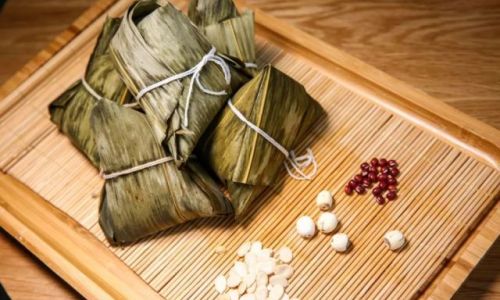
Freezing zongzi is a popular preservation method. When frozen, the dumplings retain their texture and flavor for months, making them a convenient meal option. However, the question arises: Does freezing alter the cooking process, and can you steam them directly from frozen?
The Science Behind Freezing and Steaming
Freezing food slows bacterial growth and enzymatic activity, preserving quality and safety. When zongzi is frozen, the water within the rice and fillings forms ice crystals. These crystals can damage cell structures, potentially affecting texture. However, proper steaming rehydrates and reheats the dumpling, restoring its intended consistency.
Steaming is a gentle cooking method that uses hot vapor to transfer heat. Unlike boiling, which submerges food in water, steaming retains moisture and prevents the zongzi from becoming waterlogged. For frozen zongzi, steaming offers even heating, ensuring the interior reaches a safe temperature while maintaining the integrity of the leaves and rice.
Safety Concerns: Can You Steam Frozen Zongzi Without Thawing?
The U.S. Department of Agriculture (USDA) emphasizes that frozen foods must reach an internal temperature of 165°F (74°C) to eliminate harmful bacteria. Steaming frozen zongzi directly is safe if the cooking time and temperature are sufficient. However, undercooking poses risks like foodborne illnesses, such as salmonella or listeria.
Key Considerations:
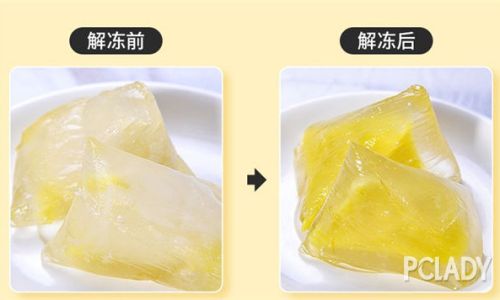
- Uniform Heating: Frozen zongzi’s dense structure requires longer steaming to ensure heat penetrates the center.
- Avoid Cross-Contamination: Use clean utensils and surfaces when handling raw or frozen zongzi.
- Storage Hygiene: Ensure frozen zongzi is stored at 0°F (-18°C) or below to prevent bacterial survival.
Methods to Cook Frozen Zongzi: Steaming vs. Other Techniques
Direct Steaming (No Thawing)
- Process: Place frozen zongzi in a steamer basket over boiling water. Cover and steam for 25–35 minutes, depending on size.
- Pros: Retains texture, minimal preparation, reduces thawing time.
- Cons: Longer cooking time than thawed zongzi.
Thawing Before Steaming
- Process: Thaw frozen zongzi in the refrigerator overnight, then steam for 15–20 minutes.
- Pros: Shorter cooking time, more even heating.
- Cons: Requires advance planning, risk of bacterial growth if thawed improperly.
Boiling
- Process: Boil frozen zongzi in water for 30–40 minutes.
- Pros: Faster than steaming.
- Cons: May make the rice soggy, dilutes leaf aroma.
Microwaving
- Process: Wrap frozen zongzi in damp paper towels and microwave on high for 3–5 minutes, flipping halfway.
- Pros: Quickest method.
- Cons: Uneven heating, risk of drying out.
Verdict: Steaming directly from frozen is the most recommended method for preserving flavor and texture, provided you extend the cooking time.
Step-by-Step Guide to Steaming Frozen Zongzi
-
Prepare the Steamer:
- Fill a wok or pot with 2–3 inches of water. Bring to a rolling boil.
- Place a steamer basket or rack above the water, ensuring it doesn’t touch the liquid.
-
Arrange the Zongzi:
- Space frozen zongzi evenly in the steamer to allow steam circulation.
- Avoid overcrowding, which may cause uneven cooking.
-
Steam:
- Cover the steamer and cook on medium-high heat.
- Steam for 25–35 minutes (add 5–10 minutes for extra-large zongzi).
-
Check for Doneness:
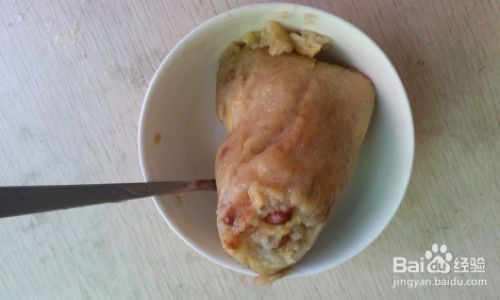
- Gently press a zongzi; it should feel soft, not icy or firm.
- Unwrap a corner of the leaf to ensure the rice is sticky and heated through.
-
Rest and Serve:
Let zongzi rest for 2–3 minutes before serving to avoid burning your mouth.
Factors Affecting Cooking Time
- Size and Thickness: Larger zongzi require more time.
- Filling Type: Meat-filled zongzi may need extra time to heat thoroughly.
- Steamer Efficiency: Thicker-bottomed pots retain heat better.
- Altitude: At high elevations, water boils at lower temperatures, increasing cooking time.
Common Mistakes to Avoid
- Insufficient Steaming Time: Leads to cold centers and bacterial risks.
- Using Cold Water: Start with boiling water to jumpstart cooking.
- Overcooking: Results in mushy rice and disintegrated leaves.
- Neglecting Leaf Quality: Old or brittle leaves may tear during steaming.
Taste and Texture: Direct Steaming vs. Thawing
Steaming frozen zongzi directly yields a slightly firmer texture compared to thawed zongzi. The ice crystals in frozen rice create a unique chewiness, which some enthusiasts prefer. However, thawed zongzi may have a softer, more homogeneous consistency.
Pro Tip: For a compromise, partially thaw frozen zongzi in the refrigerator for 1–2 hours before steaming. This reduces cooking time while maintaining texture.
Alternative Cooking Methods: Are They Worth It?
- Boiling: Ideal for soft, moist zongzi, but risks leaf-flavor dilution.
- Microwaving: Suitable for quick meals but often produces uneven results.
- Oven Baking: Unconventional but possible; wrap zongzi in foil and bake at 350°F (175°C) for 40–50 minutes.
Storage and Freezing Tips
-
Freezing:
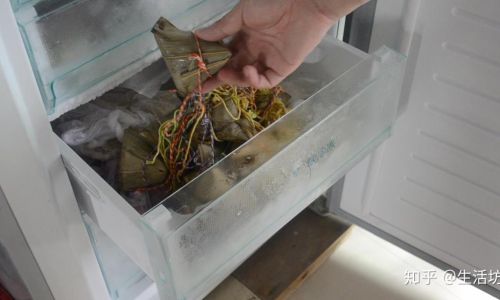
- Wrap cooked zongzi tightly in plastic or foil.
- Place in airtight containers to prevent freezer burn.
- Label with the date; consume within 3 months for optimal quality.
-
Thawing:
- Refrigerator thawing: Safe but slow (8–12 hours).
- Cold water thawing: Submerge sealed zongzi in cold water, changing water every 30 minutes (1–2 hours).
Cultural Significance and Modern Adaptations
Zongzi’s origins trace back to the Warring States period, when it was eaten to honor the poet Qu Yuan. Today, freezing allows global fans to enjoy this tradition year-round. Modern innovations, like vacuum-sealed packaging and microwave-safe steaming bags, have made frozen zongzi more accessible.
Conclusion
Steaming frozen zongzi directly is a safe, convenient, and time-tested method that honors tradition while adapting to modern needs. By understanding the science of freezing, prioritizing thorough cooking, and avoiding common pitfalls, you can enjoy perfectly steamed zongzi with minimal effort. Whether you prefer the firm bite of directly steamed dumplings or the softer texture of thawed ones, the key lies in patience and attention to detail. So, the next time you crave this aromatic treat, skip the thaw—and let your steamer work its magic!
Final Tip: Experiment with fillings and steaming times to customize your zongzi experience. After all, food is as much about culture as it is about personal preference.
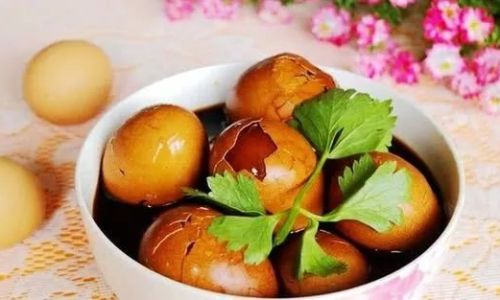
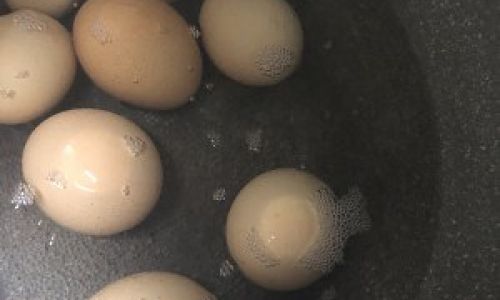
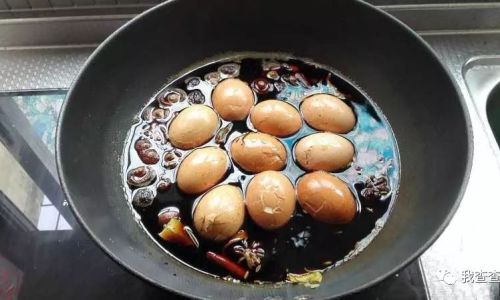
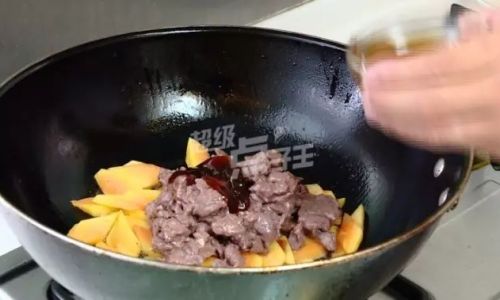

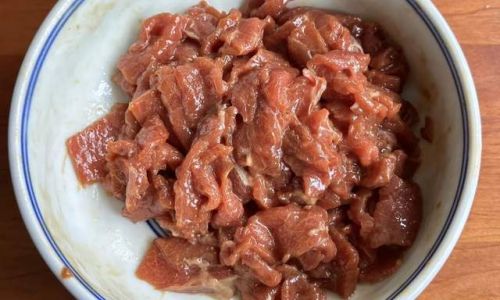
0 comments